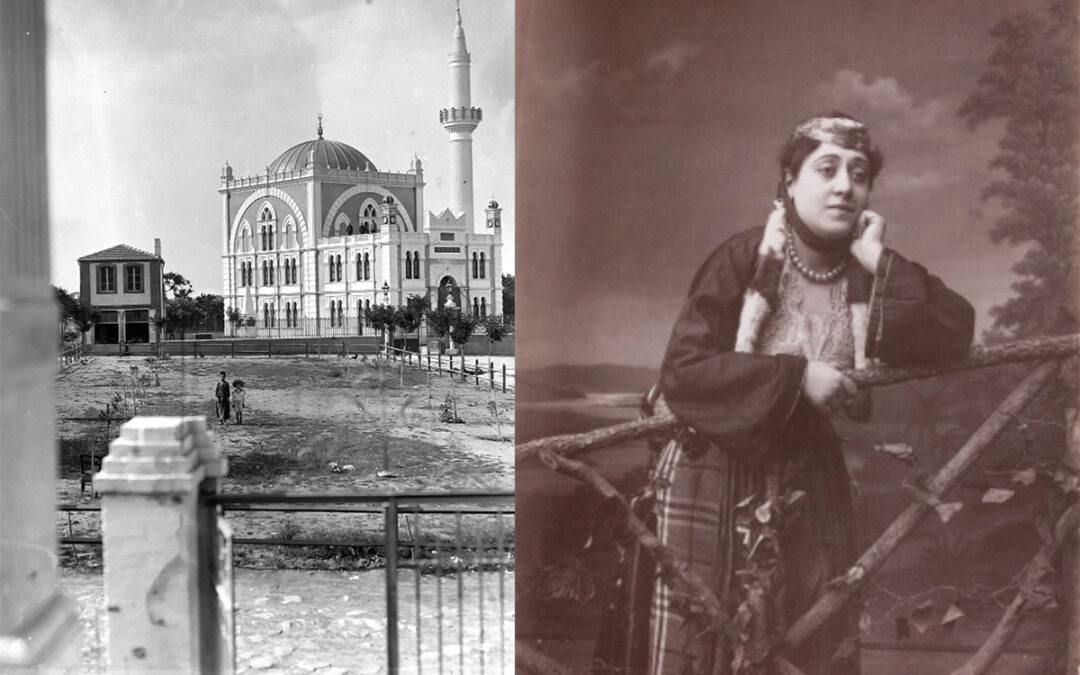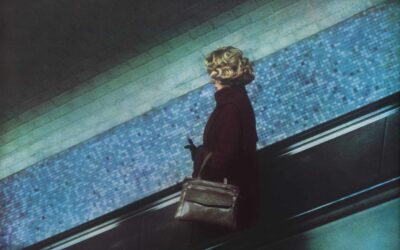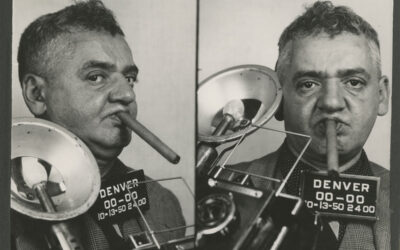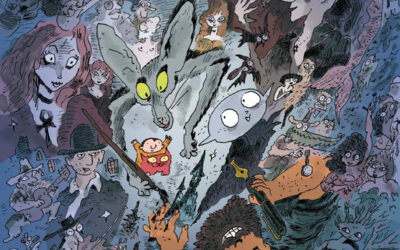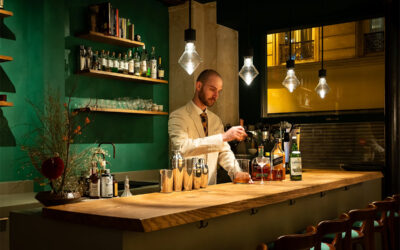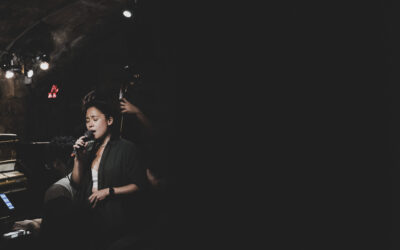Ali Eniss, The New Mosque, Modern print from a glass negative, mahJ (l.) – Paul Zepdji, Salonician Jew, Albumen test mahJ (dr.)
For some, the memory of vacations in Greece is not very far away. But for everyone, the possibility of returning there immediately is open to us. The Museum of Art and History of Judaism (MahJ) is devoting an exhibition to Salonika – today called Thessaloniki – the port city on the Aegean Sea, 300 kilometers north of Athens, which was long nicknamed the “Jerusalem of the Balkans”.
A cosmopolitan city, like other major ports in the Levant, Salonika – Greek Thessalonica under the Ottoman Empire – was for a long time a Jewish city where traders of all faiths closed on Saturdays and during Jewish holidays. In 1492, following the expulsion of Jews from Spain, the first refugees came to settle in the city. At the end of the 20th century, there were nearly 000.
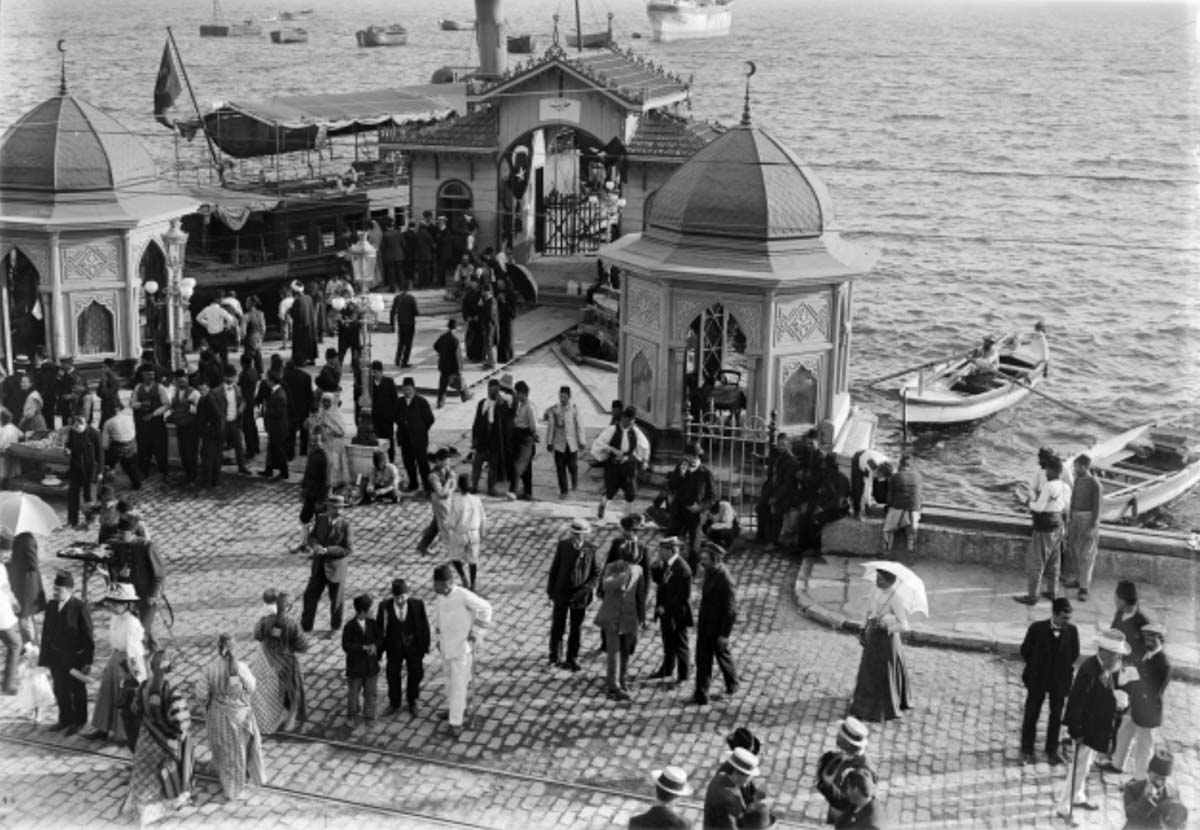
Ali Eniss, Landing stage facing Place de l’Olympe, Modern print from a glass negative, mahJ
At the beginning of the 120th century, Salonika was a multi-ethnic city: it had around 000 inhabitants, including 80 Jews, 000 Turks and 15 Greeks, 000 Bulgarians and 15 Westerners. After the First World War and the end of the Ottoman Empire, Salonika was integrated into the Greek state.
Thanks to the donation from Pierre de Gigord, a great collector devoted to the history of the Ottoman Empire, the MahJ is able to revive a vanished world, that of Salonika, over a period from 1870 to 1920.
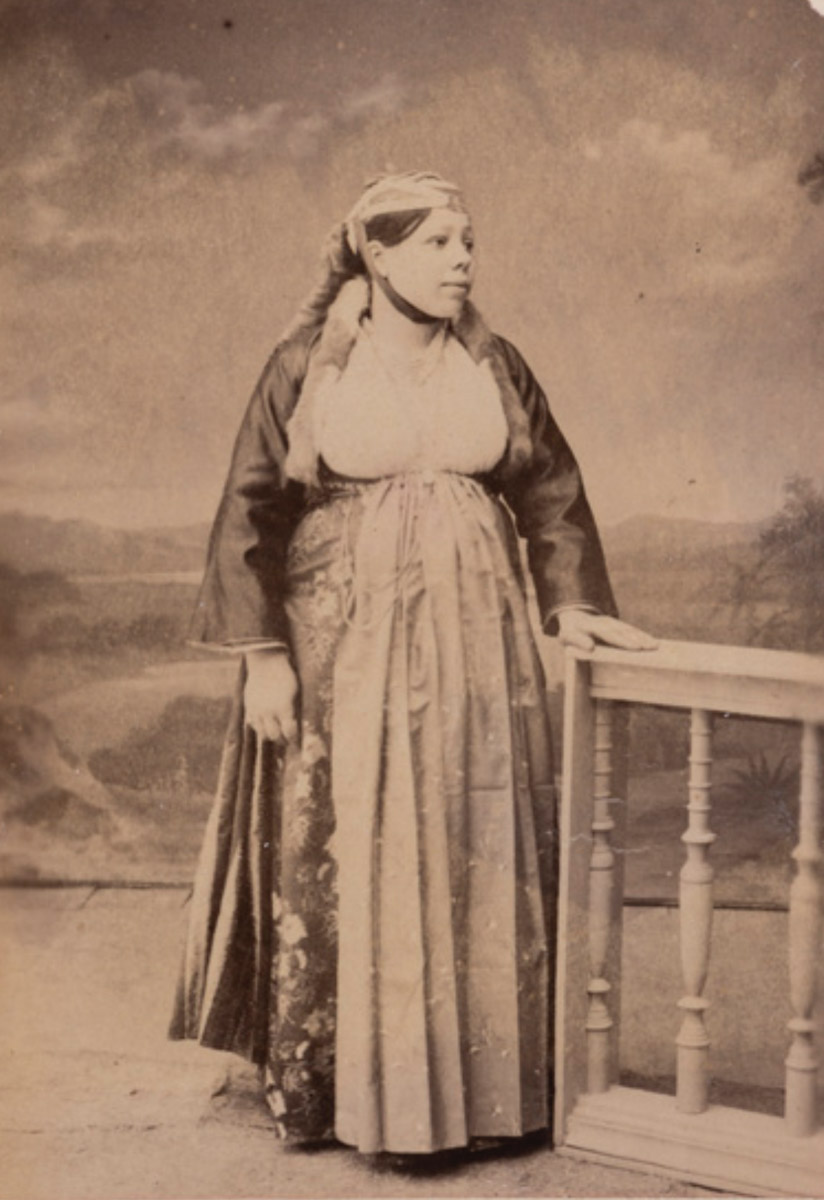
Pascal Sebah, Jewish woman in studio, 1875, Print on albumen paper, mahJ
“The great fire of August 1917 represented an authentic trauma for the Jews who saw their historic neighborhoods, the communal archives and more than thirty synagogues swept away by the flames,” recalls the MahJ, whose exhibition (150 photos) occupies the space located in the basement of the museum. A magnificent book signed Catherine Pinguer, published by CNRS éditions, accompanies this historical retrospective soberly entitled Salonika, 1870-1920.
▼ Exhibition “Salonika, 1870-1920”
Museum of Art and History of Judaism (MahJ)
71, rue du Temple, 75004 Paris
Tuesday to Sunday from 10 a.m. to 18 p.m.
Closed on Mondays
Tel: +01 53 01 86 53 XNUMX
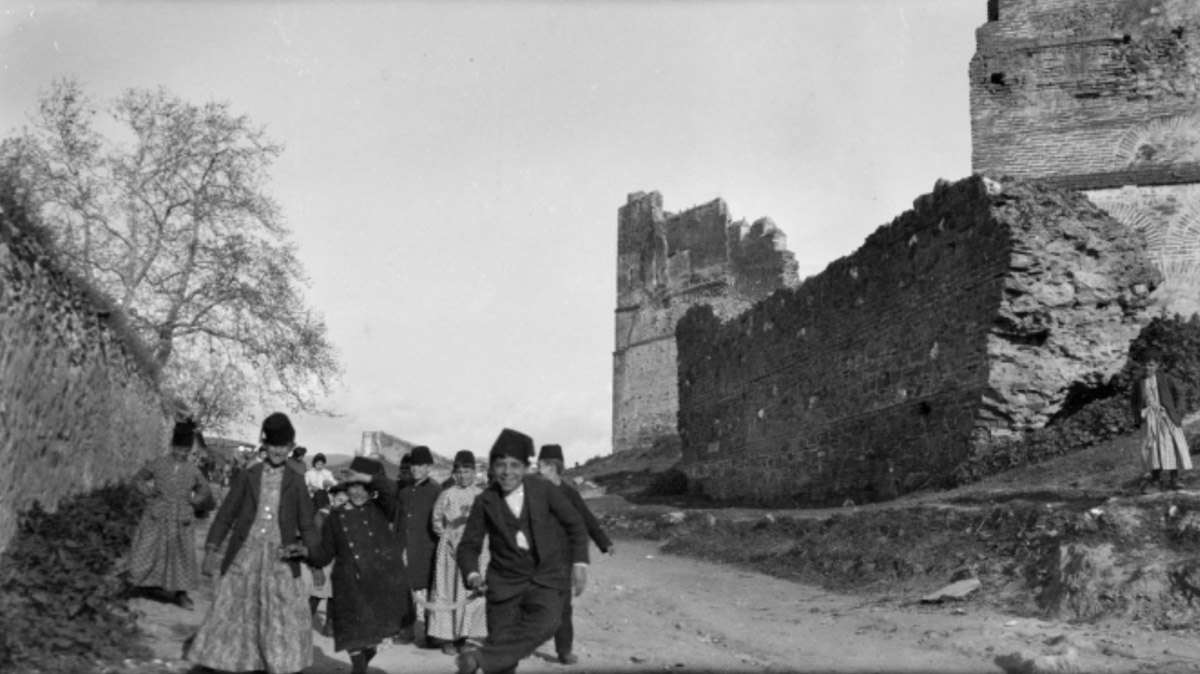
Ali Eniss, Children walking along the walls, Modern print from a celluloid negative, mahJ
Text: Axel G.
28.09.23
THERE ARE LOTS OF MUSEUMS HERE
Annie Ernaux, the literature of reality at the MEP
The 2022 Nobel Prize-winning writer has been interested in photography for a long time, notably in the text “the use of photography”, a four-handed story published in 2006. At the European House of Photography, on the banks of the Seine , the exhibition Exteriors - Annie Ernaux & Photography flourishes until May 26, 2024.
The Weegee enigma, extreme photographer
American photojournalist from the 1930s and 50s, famous for his black and white photos of nightlife in New York, Weegee takes this nickname as a nod to the spirit board, the Ouija board. Because he proclaims himself a “psychic photographer” with the 3rd eye.
Joann Sfar featured at MAHJ
Who doesn’t know the comic strip “The Rabbi’s Cat”? Its creator, Joann Sfar, was born in Nice in 1971. In this retrospective at the Museum of Art and History of Judaism in the heart of the Marais, the first of its kind, we will see many original plates presented in images by the famous cat .
NOW ON THE MOOD MARSH
Divine brunch at the foot of Notre-Dame
Of course, officially, it is not the Marais. But at Son de la Terre, a barge recently moored at the Montebello quay (5th), the 4th arrondissement is in sight. Moreover, this one is incredible: on one side, it is Notre-Dame flooded with sunlight; on the other, the quays, the book sellers, the walkers, the joggers.
Saka, a cocktail bar like in Tokyo
Here is an address which gives the measure of the transformation of the Marais. And it's enough to silence the grumpy people whose mantra is: “It was better before…” No, everything was not better “before” in the Marais. Besides, there was no American bar like Saka, which cultivates a form of excellence that can only be found in Japan.
Jazz at 38Riv: The highlights of May
The only jazz club in the Marais, 38Riv is the temple of cool and swing. Rue de Rivoli, between Saint-Paul and Hôtel de Ville, its vaulted cellars are the home base of the new jazz scene. Every evening, the magic happens.

